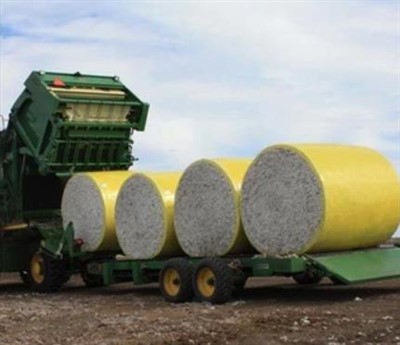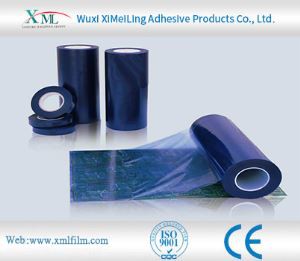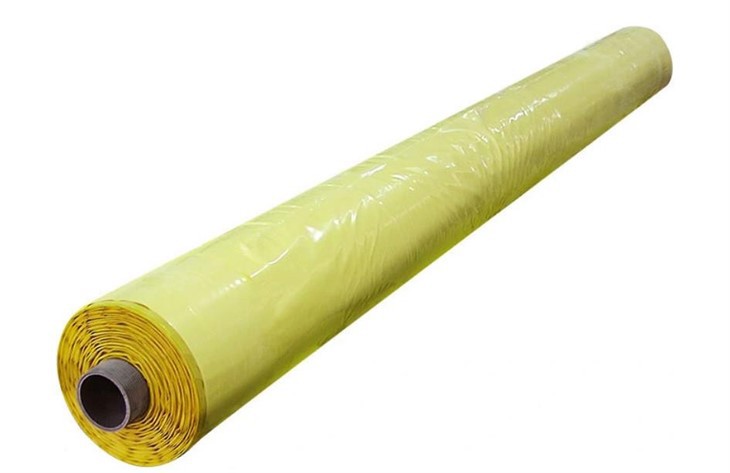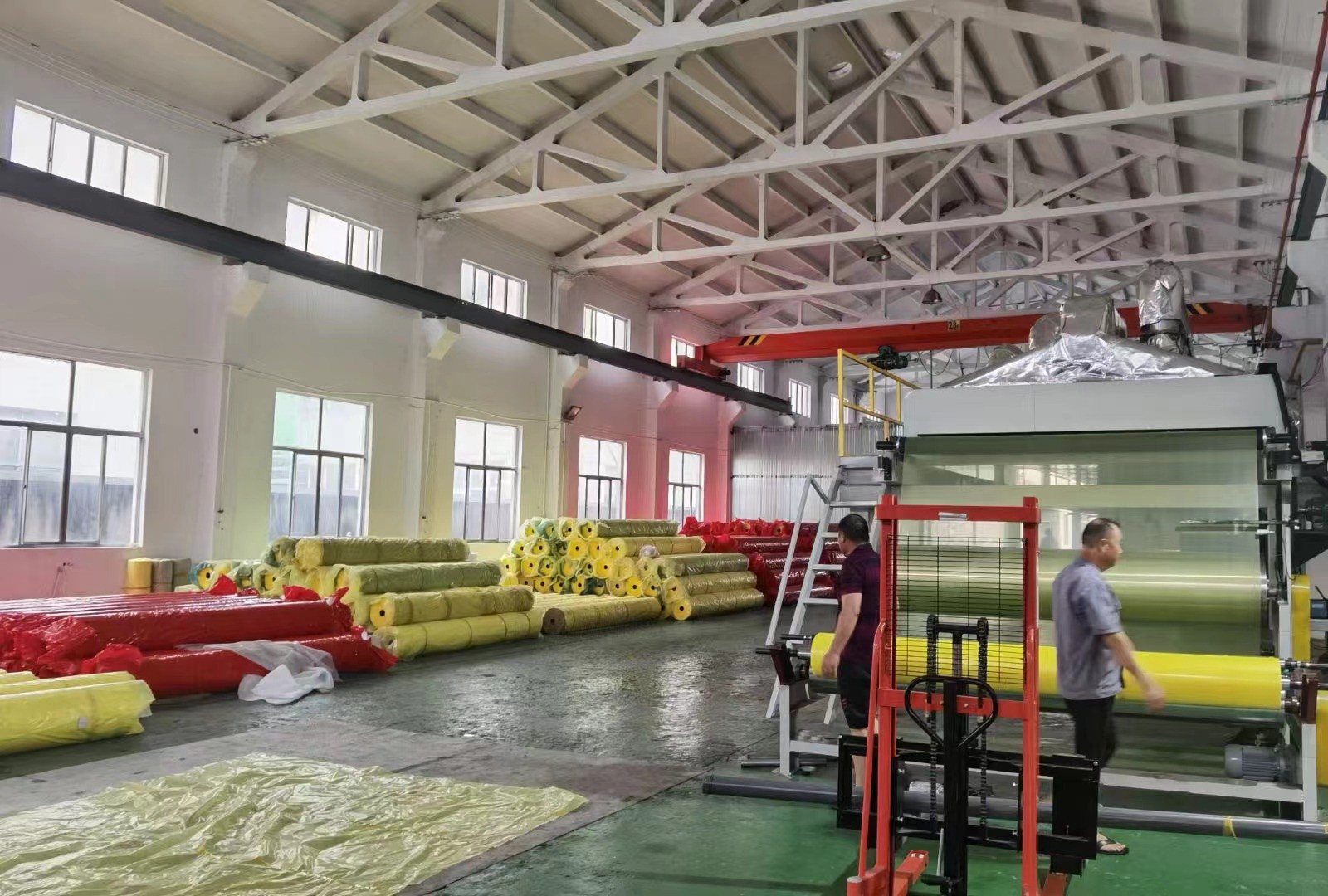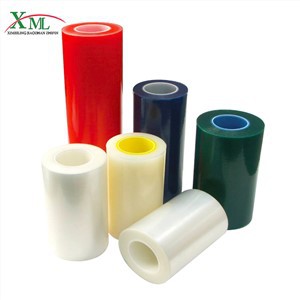What is the service life of PE Protective Film For Hard Surface
2025-11-12
Core Factors Influencing Service Life
The service life of PE Protective Film For Hard Surface is mainly determined by material quality, environmental conditions, and usage intensity. High-density polyethylene films, with their more compact molecular structure, last longer than low-density polyethylene films, as they resist wear and aging better. Environmental factors play a key role too: prolonged exposure to strong sunlight, high humidity , or extreme temperatures shortens service life. Usage intensity also matters—films on frequently touched surfaces wear out faster due to repeated friction than those on rarely used surfaces.Service Life Differences Across Scenarios
The film’s service life varies significantly across application scenarios. For indoor, low-contact surfaces , the film can maintain effectiveness for an extended period, as it avoids harsh environmental impacts and frequent friction. In contrast, films on outdoor surfaces degrade faster due to UV radiation, rain, and temperature fluctuations. For high-traffic indoor surfaces , the film’s service life is shortened by constant touch, cleaning, and occasional impact, requiring earlier replacement.Methods to Extend Service Life
Several measures can extend the service life of the PE protective film. First, select a high-quality HDPE film with anti-UV or anti-aging additives, especially for outdoor or sun-exposed indoor surfaces. Proper installation is critical—ensure the hard surface is clean and dry before pasting to avoid dust or moisture between the film and surface, which can cause premature peeling. During use, avoid using abrasive cleaning tools or harsh chemicals on the film, as these damage the film’s surface and weaken adhesion. For surfaces prone to scratches, minimize contact with sharp objects to reduce wear on the film.How to Judge Replacement Timing
Knowing when to replace the film ensures continuous protection of the hard surface. Signs that the film needs replacement include obvious wear that affects its protective ability. If the film starts to peel at the edges or lose adhesion , it can no longer seal the surface effectively and should be replaced. Additionally, if the film becomes brittle or sticky, it indicates material aging, and replacement is necessary to avoid damaging the underlying hard surface.

